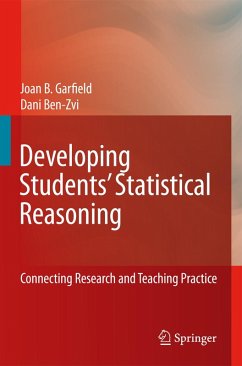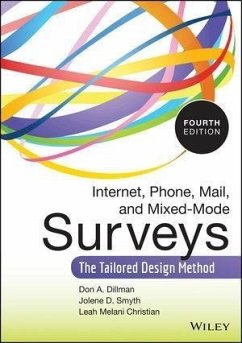
Quantitative Data Analysis (eBook, PDF)
Doing Social Research to Test Ideas
Versandkostenfrei!
Sofort per Download lieferbar
80,99 €
inkl. MwSt.
Weitere Ausgaben:

PAYBACK Punkte
0 °P sammeln!
This book is an accessible introduction to quantitative data analysis, concentrating on the key issues facing those new to research, such as how to decide which statistical procedure is suitable, and how to interpret the subsequent results. Each chapter includes illustrative examples and a set of exercises that allows readers to test their understanding of the topic. The book, written for graduate students in the social sciences, public health, and education, offers a practical approach to making sociological sense out of a body of quantitative data. The book also will be useful to more experi...
This book is an accessible introduction to quantitative data analysis, concentrating on the key issues facing those new to research, such as how to decide which statistical procedure is suitable, and how to interpret the subsequent results. Each chapter includes illustrative examples and a set of exercises that allows readers to test their understanding of the topic. The book, written for graduate students in the social sciences, public health, and education, offers a practical approach to making sociological sense out of a body of quantitative data. The book also will be useful to more experienced researchers who need a readily accessible handbook on quantitative methods. The author has posted stata files, updates and data sets at his website http://tinyurl.com/Treiman-stata-files-data-sets.
Dieser Download kann aus rechtlichen Gründen nur mit Rechnungsadresse in D ausgeliefert werden.












